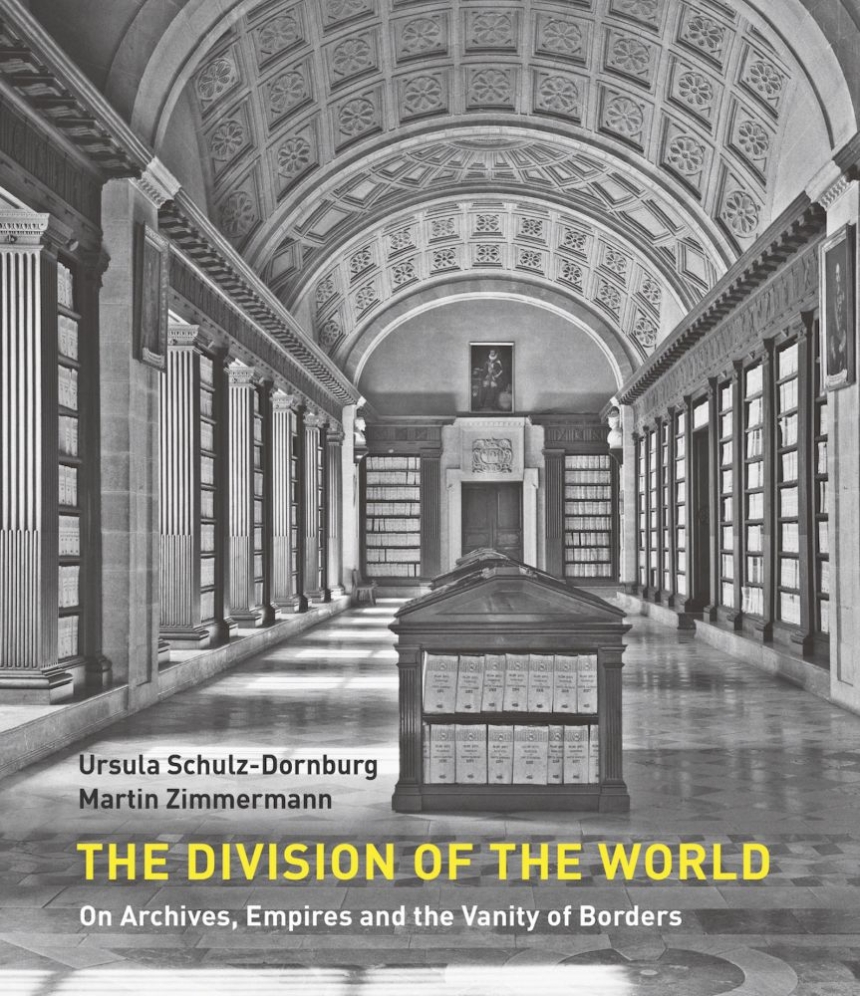9781913368111
Distributed for Haus Publishing
The Division of the World
On Archives, Empires and the Vanity of Borders
A photographer and a historian explore a vast archive of Spanish colonial history.
At a time when Western nations are being urged to confront their colonial past, this book examines a major archive, revealing the scale of the Spanish colonial enterprise in South and Central America.
Established in 1785, the Archivo General de Indias in Seville holds roughly three hundred years of Spanish colonial history in the Americas. It houses 8,000 charts and around ninety million documents—among them Christopher Columbus’s logbook and the famous Treaty of Tordesillas which, mediated by the Pope and signed in 1494, entitled the Spanish and Portuguese kings to divide the world between them. With this treaty as a starting point, the historian Martin Zimmermann journeys into the age of discovery and recounts stories of dangerous passages, encounters with the unknown, colonial brutality, and the power of cartographers, illustrating the insatiable lust of colonialists to conquer, exploit, and own the world. Ursula Schulz-Dornburg’s photographs show the archive before its redevelopment in 2002, offering a unique view into one of Europe’s most significant archives.
At a time when Western nations are being urged to confront their colonial past, this book examines a major archive, revealing the scale of the Spanish colonial enterprise in South and Central America.
Established in 1785, the Archivo General de Indias in Seville holds roughly three hundred years of Spanish colonial history in the Americas. It houses 8,000 charts and around ninety million documents—among them Christopher Columbus’s logbook and the famous Treaty of Tordesillas which, mediated by the Pope and signed in 1494, entitled the Spanish and Portuguese kings to divide the world between them. With this treaty as a starting point, the historian Martin Zimmermann journeys into the age of discovery and recounts stories of dangerous passages, encounters with the unknown, colonial brutality, and the power of cartographers, illustrating the insatiable lust of colonialists to conquer, exploit, and own the world. Ursula Schulz-Dornburg’s photographs show the archive before its redevelopment in 2002, offering a unique view into one of Europe’s most significant archives.
Reviews
Table of Contents
Prologue — Collected Time 9
I . An Archive as a Monument to Power
and Historical Retrospection 23
II . The “Overview Effect“ 43
III . Divisions of the World 53
IV . The Divided World of the Mediterranean and the Myth of Gold
Over the Seas 69
V . Celebrating the New World —
Expansion and the Exchange of Gifts 85
VI . Dividing the World in the Age of Discovery —
The Treaties of Tordesillas 95
VII . The Earth as a Whole? 107
VIII . The Splendour of Rule, Humanitarian Disasters
and Voices of Warning 121
Endnotes 143
I . An Archive as a Monument to Power
and Historical Retrospection 23
II . The “Overview Effect“ 43
III . Divisions of the World 53
IV . The Divided World of the Mediterranean and the Myth of Gold
Over the Seas 69
V . Celebrating the New World —
Expansion and the Exchange of Gifts 85
VI . Dividing the World in the Age of Discovery —
The Treaties of Tordesillas 95
VII . The Earth as a Whole? 107
VIII . The Splendour of Rule, Humanitarian Disasters
and Voices of Warning 121
Endnotes 143

